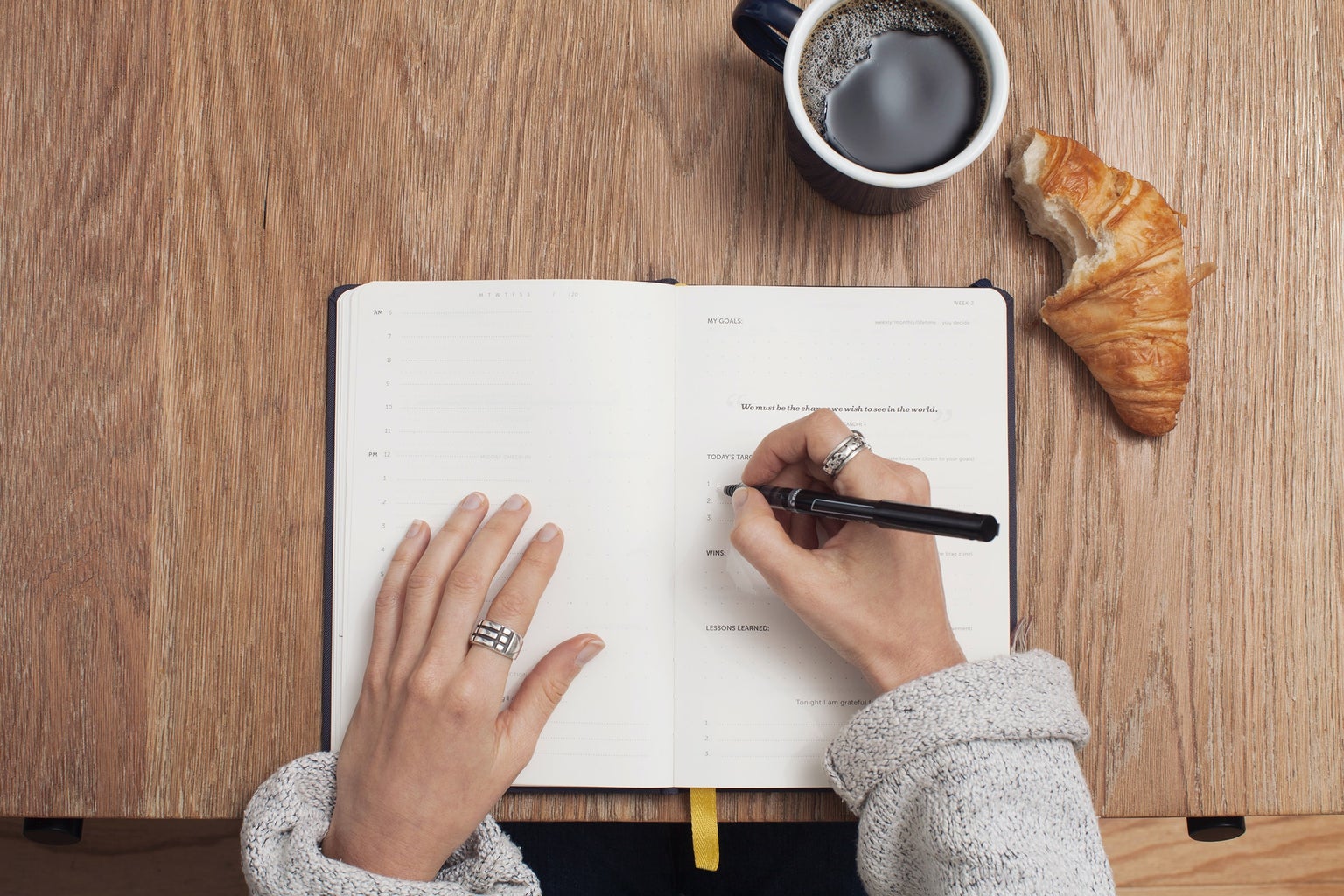When I first started college, I thought that I would be able to get by with my studying methods from high school. They weren’t the worst, but they mainly consisted of monotonous flashcards, reading and re-reading chapters and notes, and cramming at the very last minute.
I moved into college my freshman year armed with nothing but a notebook with college-ruled paper, a singular mechanical pencil, and my laptop.
They’re the basics, sure, but you need much more than that to be successful in your academic career. I didn’t realize that the issue wasn’t the lack of a tablet or new model of laptop-–it was the way I was using my pre-existing materials.
Firstly, I knew I needed to tackle my procrastination habits. Way too often, I would find myself hyped up on energy drinks and other forms of caffeine as I rushed through a paper 20 minutes before it was due, or crying as I tried to force myself to understand multiple lessons in one night because I waited until the last minute and didn’t ask for help.
I started writing down everything that I needed to get done as soon as I knew its due date. That way, I had a physical copy of what I needed to do, and checking things off with a pen or pencil makes it really satisfying and serves as a tiny motivator and treat to incentivize me to get things done. Finish that homework assignment and I can cross it off in my planner. How satisfying—and then, I know exactly what I need to move on to next, and when it needs to be done by.
“Fixing” procrastination takes more than that, though. You have to retrain yourself to not leave things until the last minute, and really understand that it’ll feel so much better if you’re not left panicking and cramming right before it’s due. It took me a while, and three years in I still procrastinate from time to time-–but it’s much less of a rampant habit.
Next, I started asking for help when I needed it. Throughout high school, I never had any tutors and I only went in for academic help from my teachers a handful of times throughout those four years. Now, I utilize office hours to their greatest extent, even when I think I have every concept nailed down 100 percent. It doesn’t ever hurt to reiterate certain topics and difficult things to memorize for exams, and getting to know your professors can build personal and professional connections!
Lastly, I had to figure out how to really study-–for an exam or quiz or any other form of test that I would be faced with, in terms of retaining information and knowledge. I realized that refreshing my mind with a majority of the course material and then splitting it up into portions with key notes to be the most helpful when I’m studying for something specific. I go through my notes and the slideshows from professors, while highlighting key points and parts that I have difficulty understanding or remembering. When in office hours, I bring out that list of questions and have them answered until I understand fully. I then add it to my list of key points, and study that rather than reading through everything over and over while not retaining most of it.
It does sound boring when laid out as a plan, but it works for me. My GPA in college is significantly higher than it was in high school, and I hope that if I continue to implement these methods then it will remain that way. GPA also isn’t everything, but I knew that my personal goals were involved in boosting my overall GPA and getting better marks on exams and tests.
There are so many ways to study, and there are even more ways to make it fun and helpful for you. Playing around with different methods and understanding how you learn best is key to truly excelling in your academic career-–at least from my experience!





